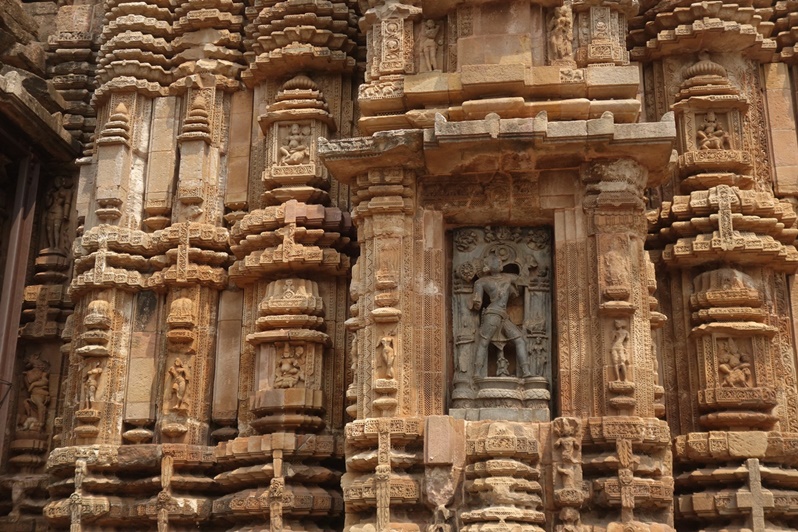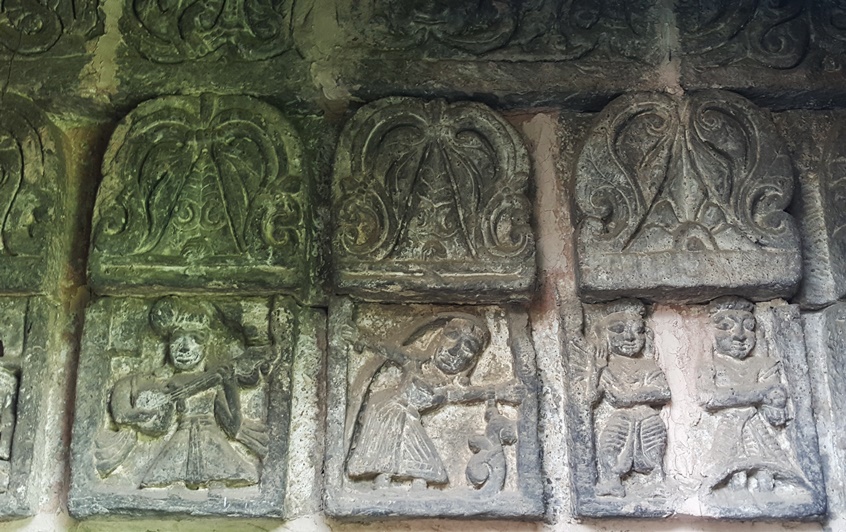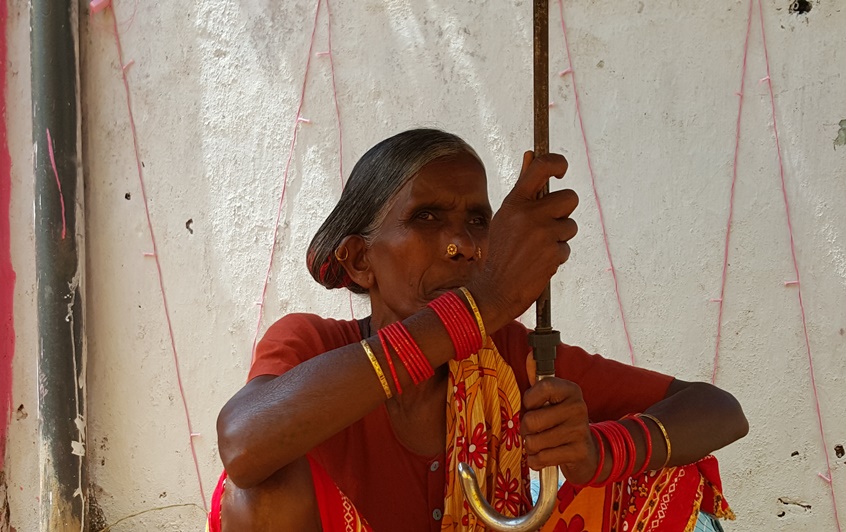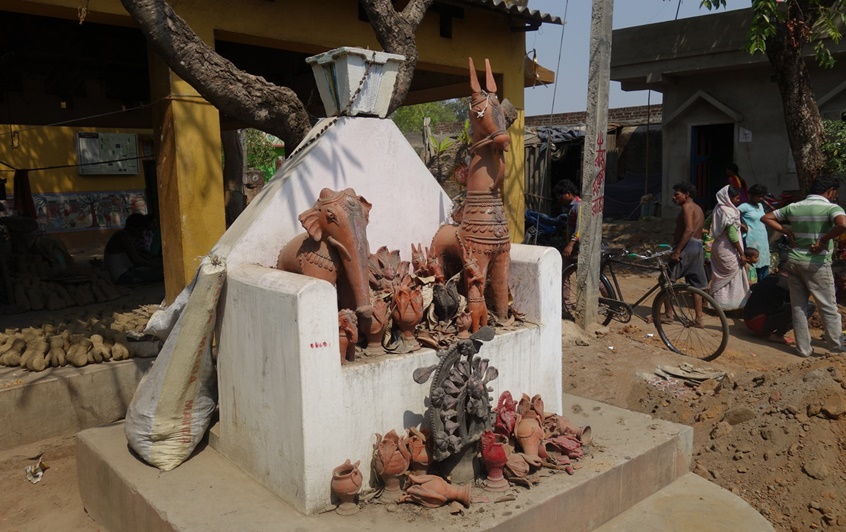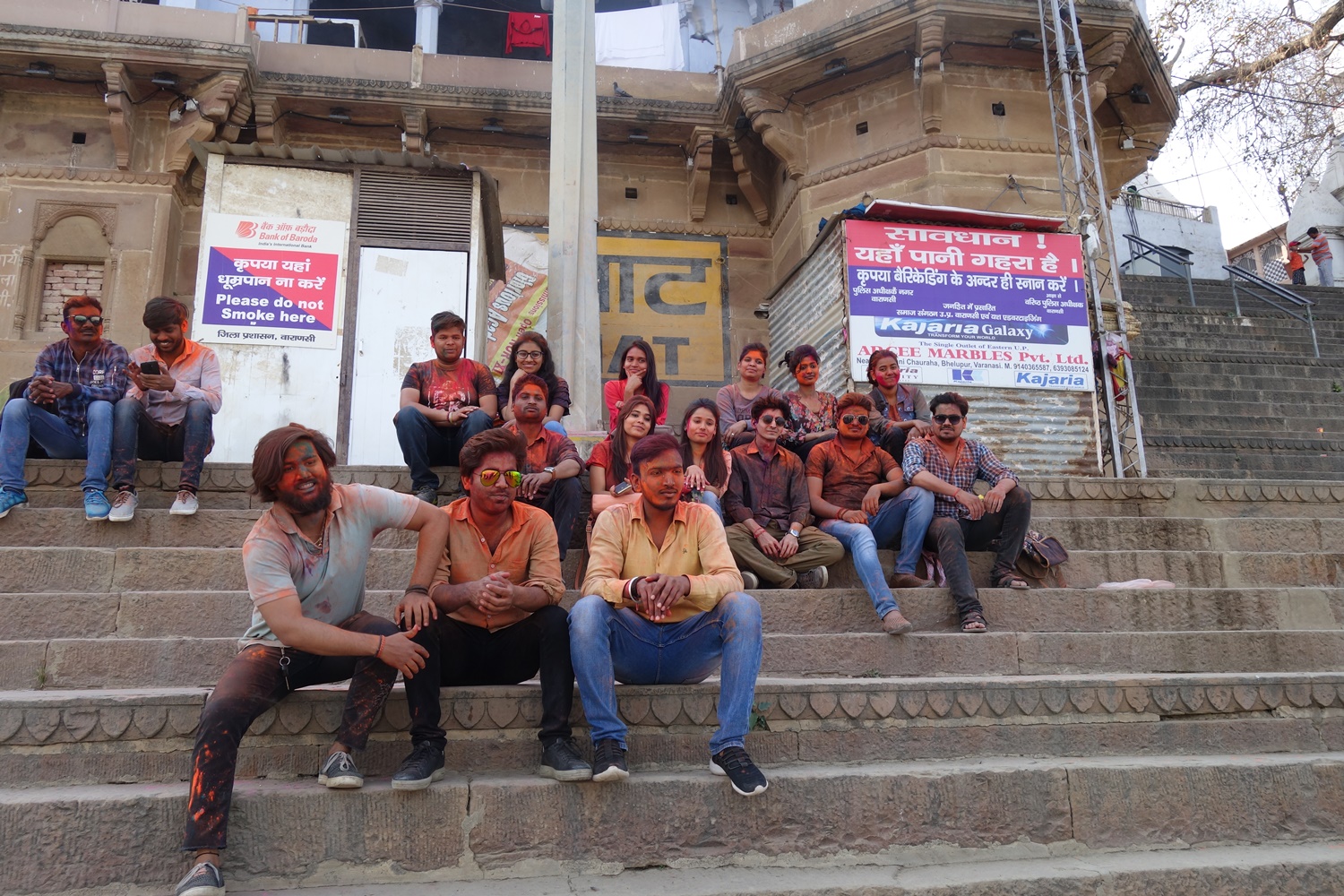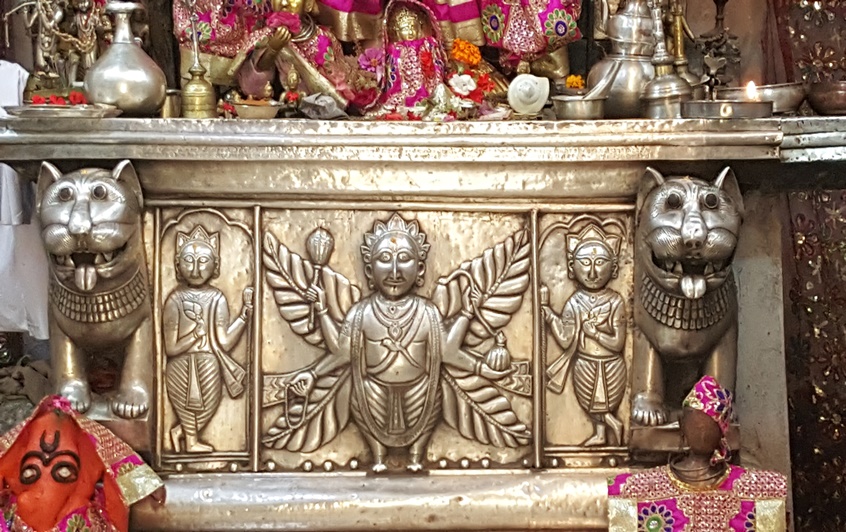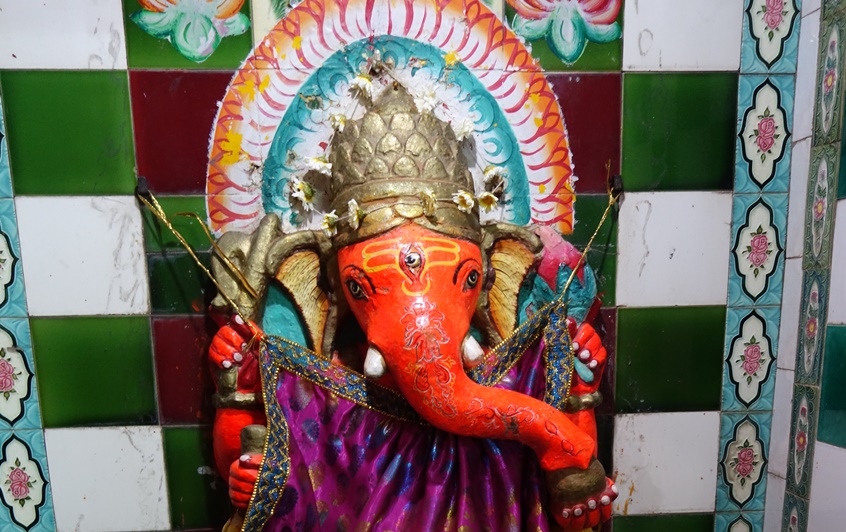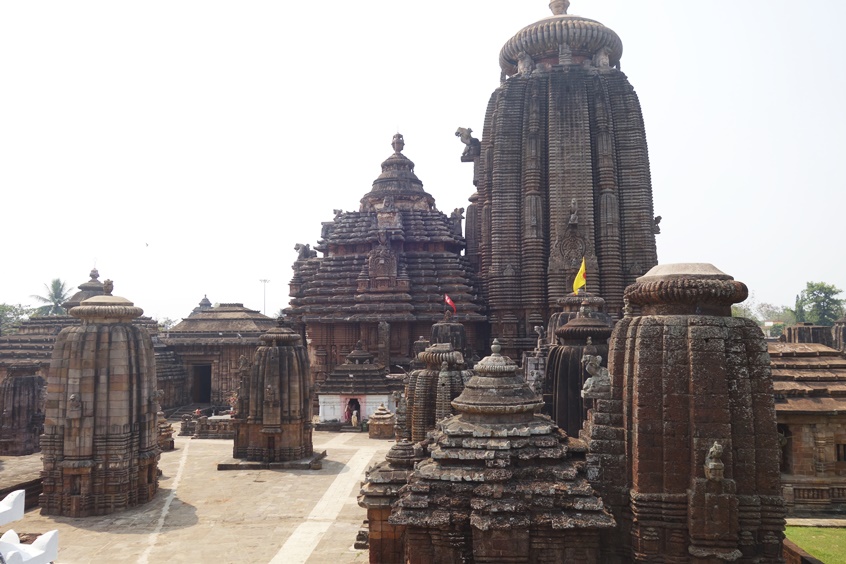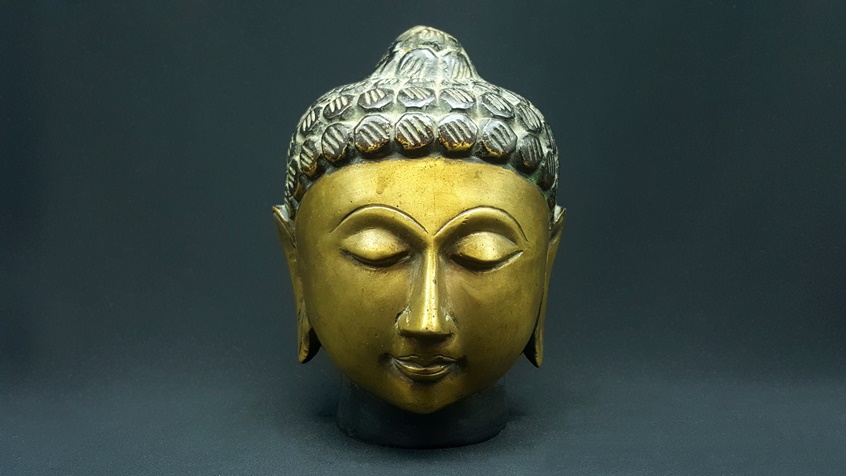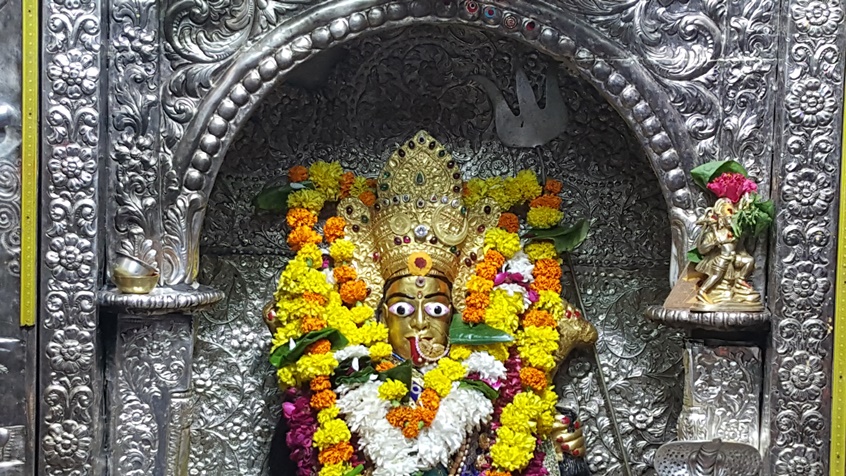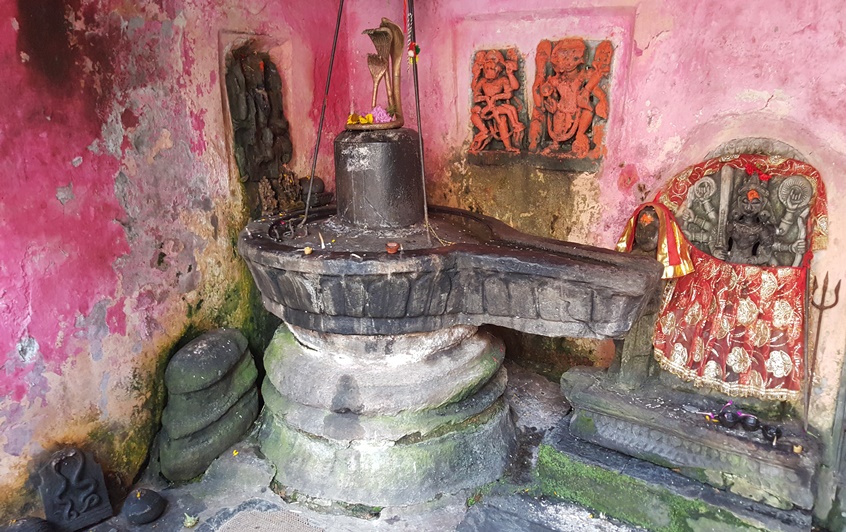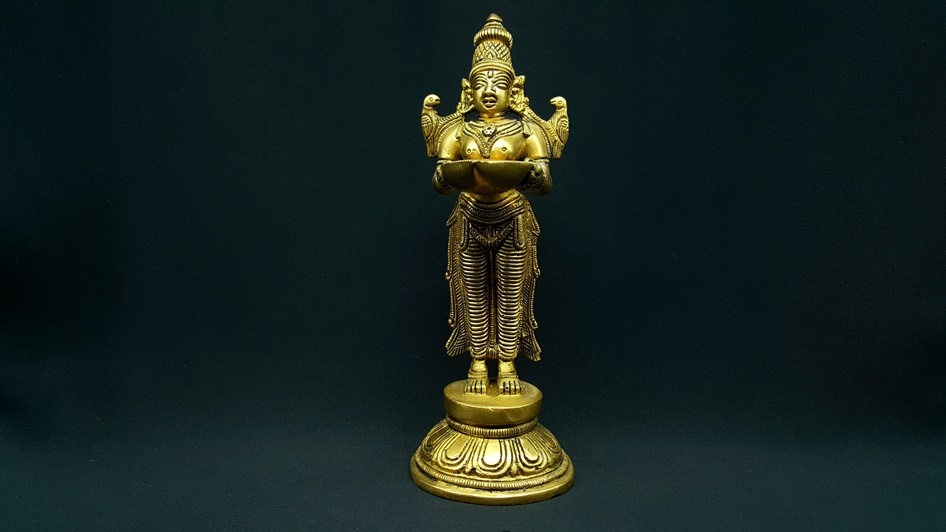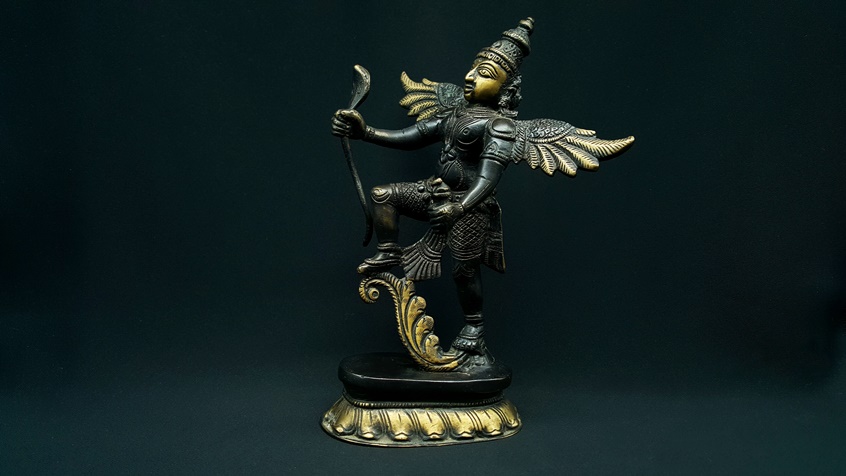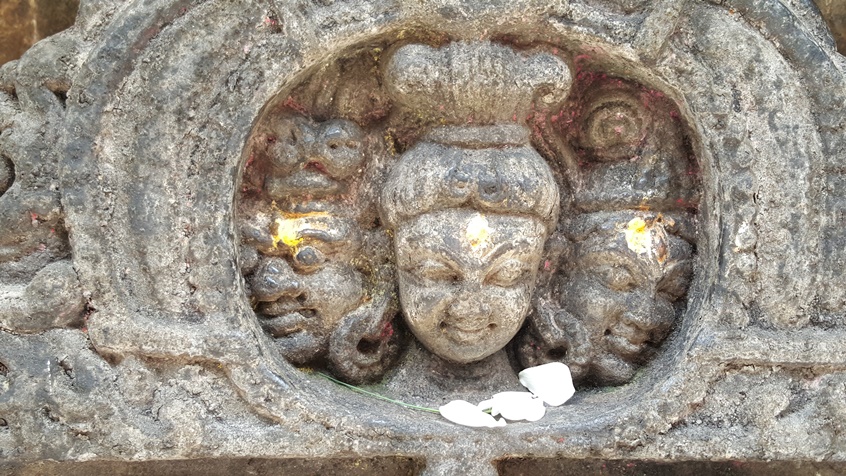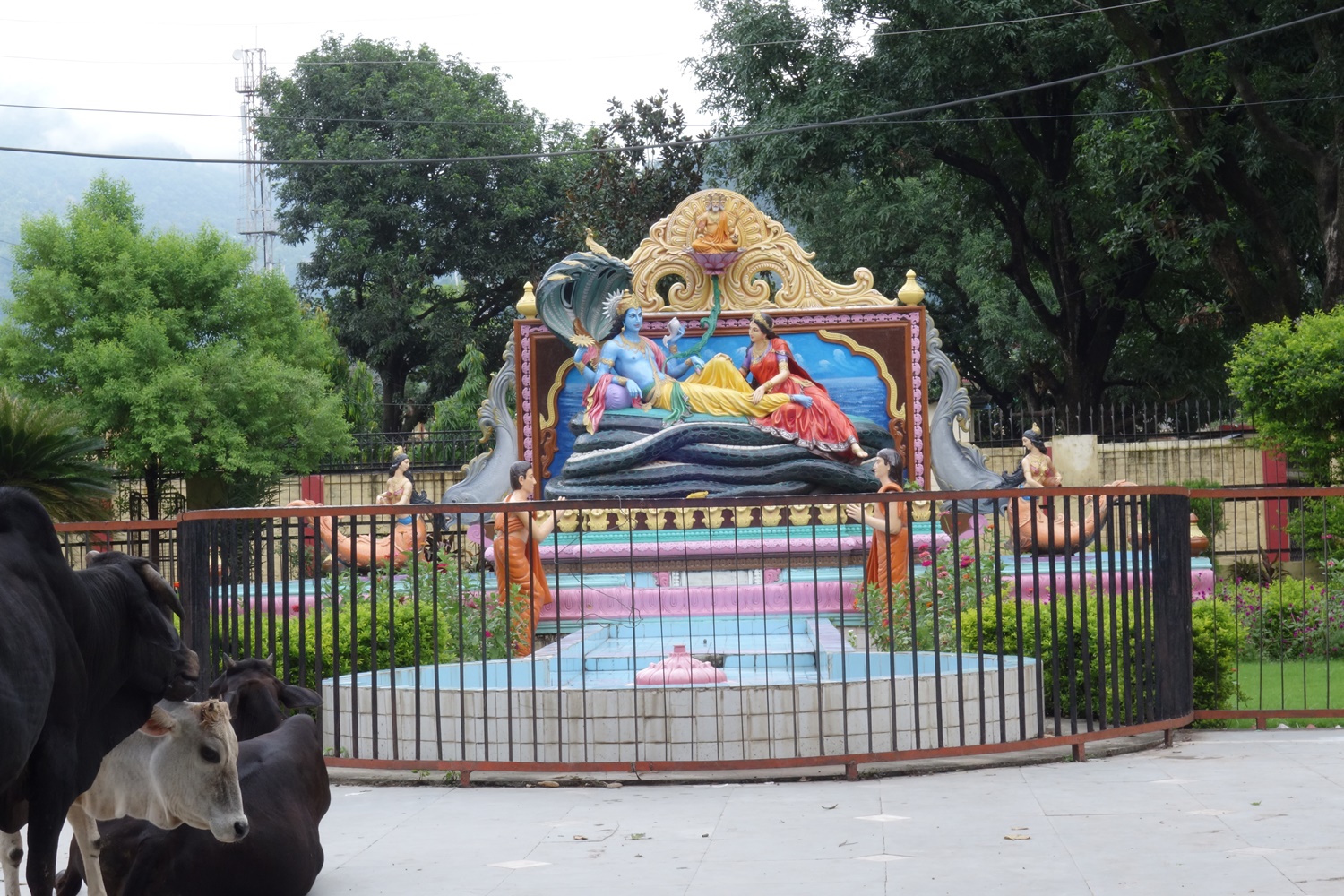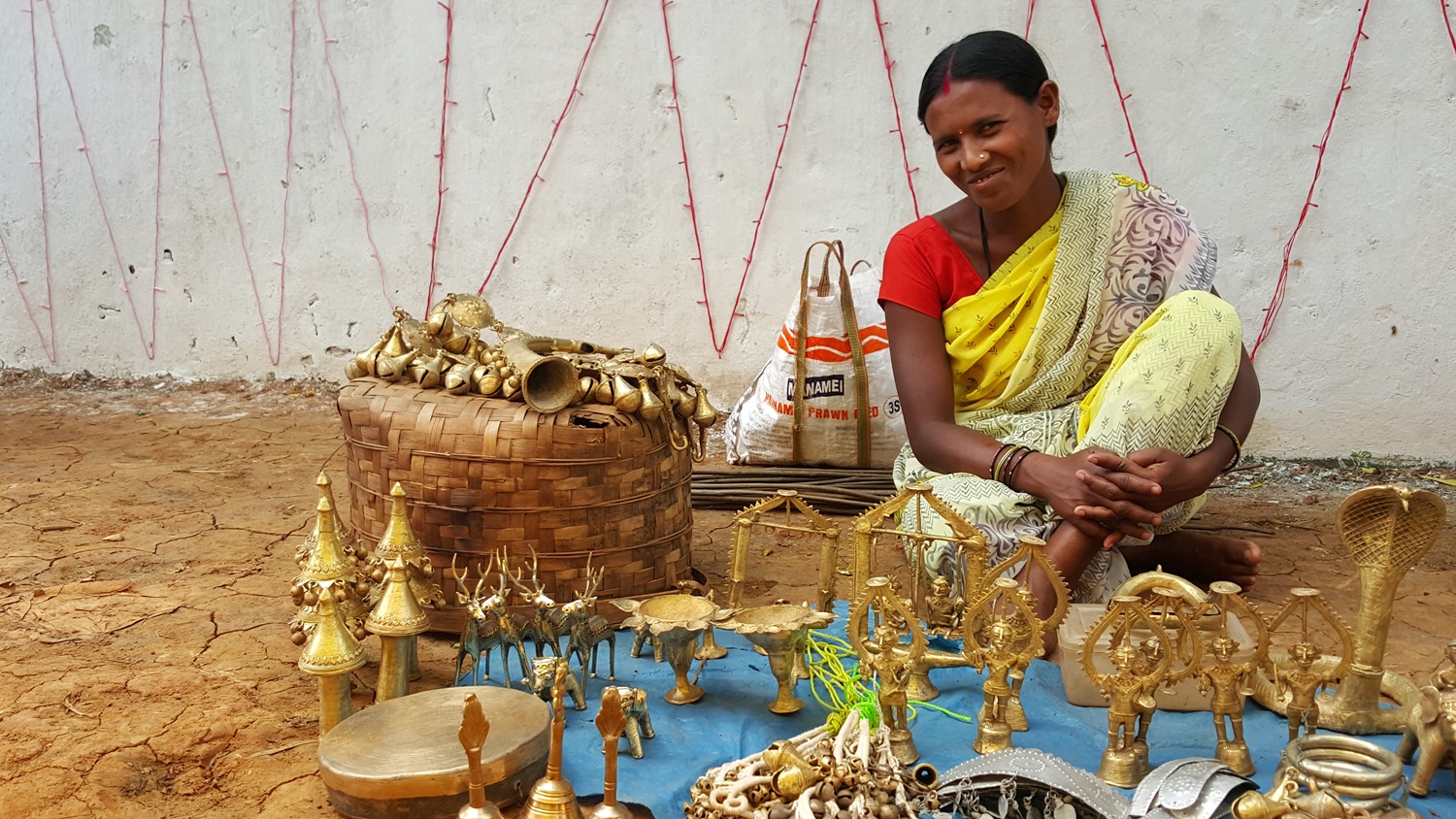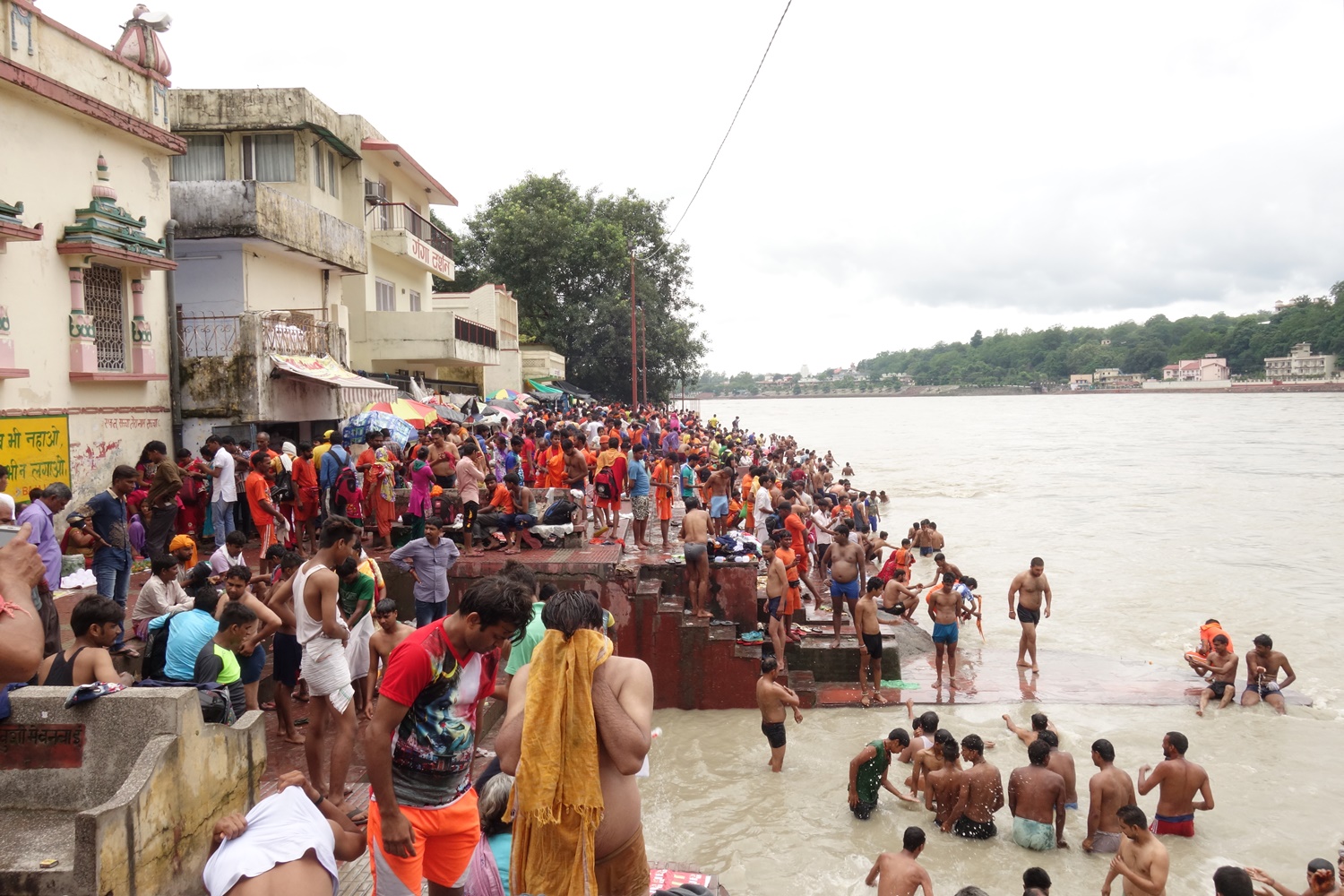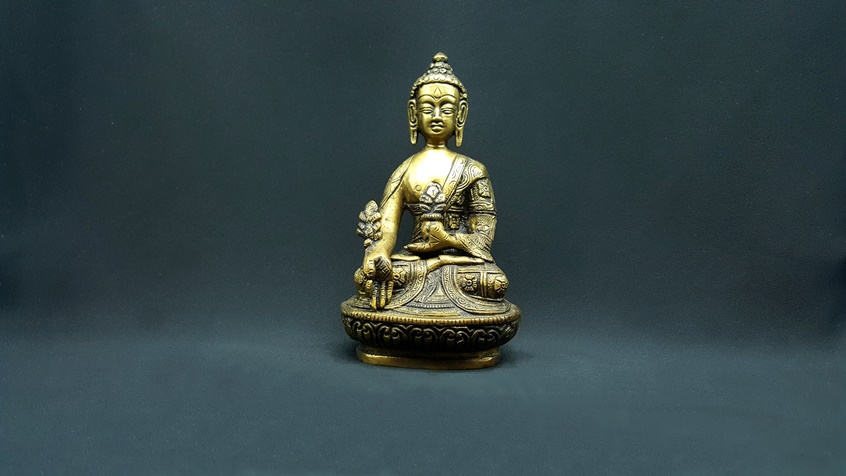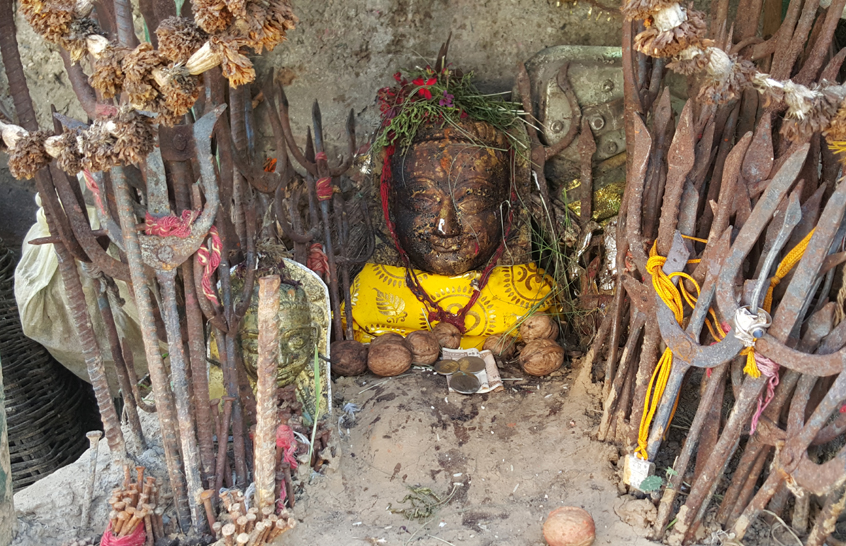Recherche dans le blog
Les articles les plus consultés
Hindouisme : Divinité– Hanuman-le-grand-heros
Hanumân, le dieu Singe, est réputé pour sa force (il serait capable de soulever des montagnes), sa vaillance et sa bravoure. Il est très populaire dans les villages indiens et auprès des lutteurs.
Hindouisme-statue : Shiva, lingam, une symbolique fondamentale
Le Lingam est une conformation abstraite de Shiva : ce symbole représente Shiva sous sa forme la plus proche de l’absolu : pas d’attributs, pas de qualités : une forme simple, très épurée...
Hindouisme-statue : divinités hindoues, Krishna
Krishna, l’incarnation de l’amour et de la dévotion : Krishna est le 8ème et le plus connu des avatars de Vishnou, il est lui même vénéré comme un dieu à part entière. Il personnifie l'absolu mais surtout il est l'incarnation de l'Amour, c'est le dieu de la Bhakti par excellence.
Hindouisme : la mère en Inde
Devi est la déesse mère, Mahadevi étant la Mère suprême. Cette sacralité se rencontre au niveau ultime jusque dans chaque famille indienne traditionnelle où la mère biologique est la manifestation de la mère divine et honorée comme telle.
Statues : Le sacré dans l’art tribal Dokhra en Inde
Le sacré fait partie intégrante de la vie tribale : traditionnellement les artistes ne se considèrent pas comme tels, ils sont « simplement » un des acteurs du rituel
Hindouisme, Holi, le festival du printemps en Inde
En Inde, le jour de Holi (cette année le 29 mars) tout est permis (ou presque) : plus de barrières liées aux castes, liées au statut social, à la religion… ce jour, tous les gens sont égaux. Les poudres, l’eau colorée peuvent surgir de partout et nulle part
Art Statue Inde : l’art Morhas ou l’art du masque
Il y a plus de mille ans, l’art Mohras s’est déployé dans l‘Himalaya dans les états actuels de l’Himachal Pradesh et de l’Uttarakand...
Hindouisme : divinités hindoues. Ganesha, Celui qui lève les obstacles.
Ganesha dans le panthéon hindou est un des fils de Shiva et Parvati (avec Skanda). Il symbolise la richesse, la sagesse, la chance. Ganesha est considéré par ses disciples les plus fervents comme le Dieu suprême, au-delà des dieux de la Trimurti...
Hindouisme : Art indien sous le règne des Chola
Les Chola étaient originellement installés à Tanjore (dans l’actuel Tamil Nadu) du 9° au 11° siècle puis la capitale se déplaça à Gangaikondacholapuram, cité royale construite au moment de l’apogée des Cholas sous le règne de Rajendra I pour fêter la victoire sur les Pala du Bengale.
Hindouisme et Bouddhisme : Art indien sous le règne des Guptas
Dès Chandragupta II Le Grand, les fondements religieux et culturels sont établis : cette époque est marquée par un grand raffinement : le pouvoir en place ...
Hindouisme - divinité hindoue : la Trimurti – Parvati
Parvati, est une divinité complexe, tout comme l’est Shiva. Elle est à la fois bienveillante et terrifiante (sous la forme de Durga et Kali).
Hindouisme - divinité hindoue : la Trimurti – Shiva
Shiva est une divinité complexe, riche en enseignement, en symboles : elle est ambivalente. Shiva est à la fois terrifiant et bénéfique...
Hindouisme - divinité hindoue : la Trimurti – Lakshmi
La fonction primordiale de Lakshmi est sa qualité de fécondité : c’est elle qui permet à la manifestation d’émerger, d’être et de se déployer. Elle est donc la matrice sous-jacente, latente. Elle est le fondement, le socle de toutes choses, sans elle, rien ne peut se développer.
Hindouisme - divinité hindoue : la Trimurti – Vishnou
Vishnou est celui qui préserve, protège, maintient la vie. Il est le garant de l'ordre qui permet à chacun de s'épanouir. Attentif, bienveillant, il rend justice, assure la paix et peut aussi se révéler un guerrier redoutable si besoin.
Hindouisme - divinité hindoue : la Trimurti - Saraswati
Le principe actif, la Shakti, est manifesté par le coté féminin de la divinité hindoue : pour Brahma, il s’agit de Saraswati : elle est à la fois sa fille et son épouse.
Hindouisme - divinité hindoue : la Trimurti - Brahma
« Pour les hindous, l’Absolu existe soit sous une forme statique, non manifestée, au-delà de tout, qu’on appelle « nirguna brahman » (Brahman sans aucun attribut), soit sous forme dynamique, « saguna brahman (Brahman avec qualifications) qui nous apparaît comme le Dieu Créateur, Ishvara et qui se manifeste sous les trois formes de Brahma, Vishnou et Shiva. « (Arnaud Desjardins).
Sculpture Indienne : Art Tribal Dokhra et vie quotidienne
Il est fascinant de regarder travailler les artistes Dokra : cette technique demande un grand savoir faire (qui se transmet de génération en génération), une grande habileté et une belle dextérité.
Hindouisme : des Vedas à la recherche de l’absolu
L’hindouisme d’aujourd’hui est fortement imprégné des Vedas d’origine mais sa pratique a fortement évolué, de nombreux courants, écoles se sont crées. L’influence du Bouddhisme, du Jaînisme n’y est pas négligeable.
Art hindou : du bonheur au quotidien !
« Le premier bien est la santé, le deuxième la beauté » Platon. Je voudrais, ici, évoquer l’importance sous estimé de l’art dans la vie professionnelle et quotidienne...
Art hindou : reconnaître une divinité
Les dieux hindous sont innombrables, il y en aurait plus de 300 millions ! Comment s’y retrouver, comment les reconnaître ?
